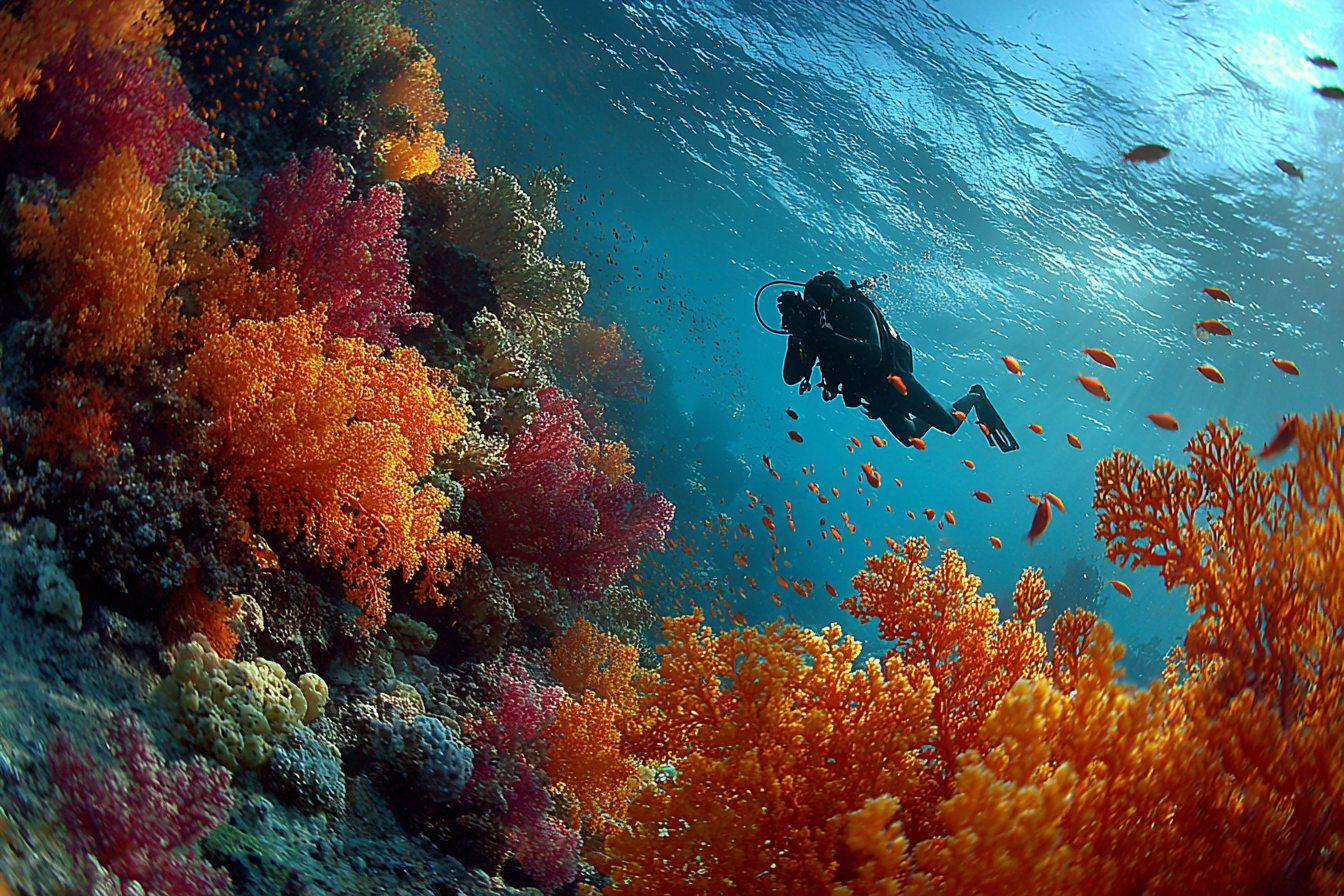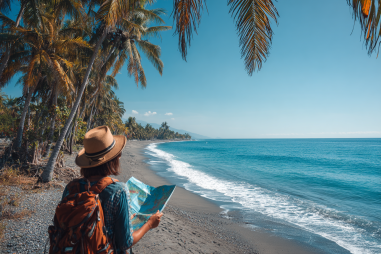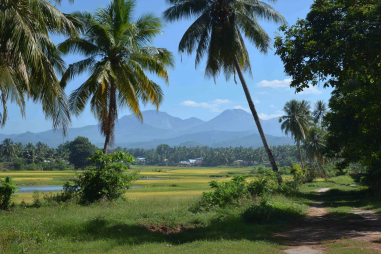Oslob, located on the beautiful island of Cebu in the Philippines, is a popular destination for underwater photography enthusiasts, particularly due to its famous whale shark encounters and vibrant coral reefs. Capturing these majestic creatures and colorful underwater scenes takes more than just pressing a button—you need the right knowledge, equipment, and respect for the marine environment. Whether you’re a budding underwater photographer or an experienced diver wanting to enhance your skills, this guide will walk you through everything you need to know to master Oslob underwater photography and capture stunning ocean moments.
Basics of Underwater Photography
Underwater photography differs significantly from shooting on land. The water absorbs and scatters light, distorting colors and reducing visibility, which means your camera settings and techniques need to adapt accordingly. Understanding these basic principles will help you produce clearer and more vibrant images.
Water absorbs red and warm tones quickly, especially at deeper levels, causing photos to appear blue or green. To counteract this, you need to use color correction techniques either during shooting or post-processing. Additionally, water reduces light drastically, so shooting with adequate light sources or adjusting your camera settings for low light is crucial.
Also, movement underwater is slower and more restricted, so patience and steady hands are vital. You’ll often be dealing with moving subjects like whale sharks or darting fish, which demands quick reflexes and anticipation.
Recommended Camera Equipment and Settings for Oslob
Choosing the right camera gear and settings is the first step to capturing breathtaking underwater images in Oslob’s marine environment.
Camera and Housing
A compact camera with underwater housing or a dedicated underwater camera is ideal. Popular choices include GoPros, mirrorless cameras with waterproof cases, or DSLRs specifically designed for underwater use. The housing must be rated for the depths you will dive to and provide full control over the camera functions.
Lenses
A wide-angle lens is recommended for photographing large subjects like whale sharks, allowing you to capture their full size and surrounding environment. For coral reefs and smaller marine creatures, a macro lens lets you focus on fine details.
Settings
- White Balance: Set your white balance manually or use an underwater mode, compensating for color loss due to water.
- ISO: Keep ISO as low as possible to reduce noise, but increase it in low light if necessary.
- Aperture: A moderate aperture (f/5.6–f/8) balances depth of field and light intake.
- Shutter Speed: Use a fast shutter speed (1/125 or faster) to freeze movement, especially with active whale sharks.
- Focus Mode: Continuous autofocus helps keep moving subjects sharp.
Techniques for Shooting Whale Sharks and Coral Reefs
When photographing whale sharks, patience and respect are your best tools. These gentle giants move slowly but unpredictably, so anticipate their direction and position yourself accordingly. Use a wide-angle lens to capture their vast size and the underwater scenery. Try different angles and distances—shooting from the side or beneath can create dramatic and unique images.
For coral reefs, approach slowly and maintain neutral buoyancy to avoid stirring up sediment or damaging the coral. Use macro photography to highlight small creatures and intricate coral textures. Incorporate water movement, patterns, and contrasting colors to create compelling compositions.
In both cases, avoid coming too close to marine life. Maintain a safe distance to prevent stress or harm to the animals and ensure your safety.
Lighting Considerations in Underwater Shoots
Natural light diminishes quickly underwater, and colors fade with depth, so good lighting is crucial. In Oslob’s often crystal-clear waters, shooting during midday when the sun is brightest can provide excellent ambient light. However, this doesn’t always penetrate deep enough.
Using external strobes or video lights can bring out true colors and sharpness in your photographs. Position strobes at a 45-degree angle to reduce backscatter—the distracting reflection of particles in the water. Be mindful not to shine lights directly into marine animals’ eyes to avoid disturbing them.
If you don’t have strobes, adjust your camera’s white balance and boost exposure carefully to compensate for the lack of light. Remember, balanced, diffused light yields the best results.
Safety Tips for Photographers in Marine Environments
Safety is paramount when photographing underwater. Keep these tips in mind to protect yourself, your gear, and the marine environment:
- Buoyancy Control: Perfecting your buoyancy helps prevent accidental contact with coral or stirring up sediment, which reduces visibility and harms delicate ecosystems.
- Stay Aware of Your Surroundings: Be mindful of currents, other divers, and the behavior of marine creatures, particularly large animals like whale sharks.
- Protect Your Equipment: Double-check your camera housing seals and carry desiccants to prevent fogging. Rinse all equipment with fresh water after dives.
- Follow Local Guidelines: Obey all rules relating to whale shark interactions, such as maintaining a safe distance and avoiding flash photography.
- Physical Fitness: Ensure you are physically prepared for underwater activities to avoid exhaustion or accidents.
Editing and Sharing Your Underwater Photos
Post-processing is an essential step in underwater photography, helping you restore colors and enhance sharpness. Use software like Adobe Lightroom or Photoshop to adjust white balance, contrast, and saturation.
Key editing tips include:
- Color Correction: Adjust temperature and tint sliders to bring back reds and warmth lost underwater.
- Clarity and Sharpness: Enhance fine details while avoiding noise.
- Crop and Straighten: Improve composition and alignment.
- Remove Backscatter: Use spot healing or clone tools to clean up distracting particles.
When sharing your images online or on social media, consider providing context about the species and habitat, along with emphasizing responsible wildlife photography. This not only educates others but promotes sustainable tourism.
Respectful Photography Practices to Protect Marine Life
Oslob’s whale sharks and reefs are precious natural treasures that depend on our care. Practicing responsible photography means:
- Maintaining Distance: Avoid touching or crowding marine animals, particularly whale sharks.
- No Flash or Lighting Shocks: Use strobes discreetly and never directly in a creature’s face.
- Do Not Feed Marine Life: Feeding can alter natural behaviors and harm ecosystems.
- Avoid Contact with Coral: Coral reefs are living organisms; even slight damage can be devastating.
- Leave No Trace: Take all your belongings and waste out of the water and plan your dives to minimize impact.
By respecting these guidelines, you help preserve Oslob’s underwater beauty for future generations and maintain a healthy environment for the marine animals you capture in your photos.
Embrace the Ocean’s Wonders through Your Camera Lens
Mastering underwater photography in Oslob is a rewarding journey that combines technical skills, creativity, and environmental responsibility. With the right preparation, equipment, and approach, you can create stunning images that not only showcase the beauty of the marine world but also raise awareness about its conservation. Dive in with respect, patience, and curiosity, and let your camera tell the captivating story of Oslob’s underwater treasures.







